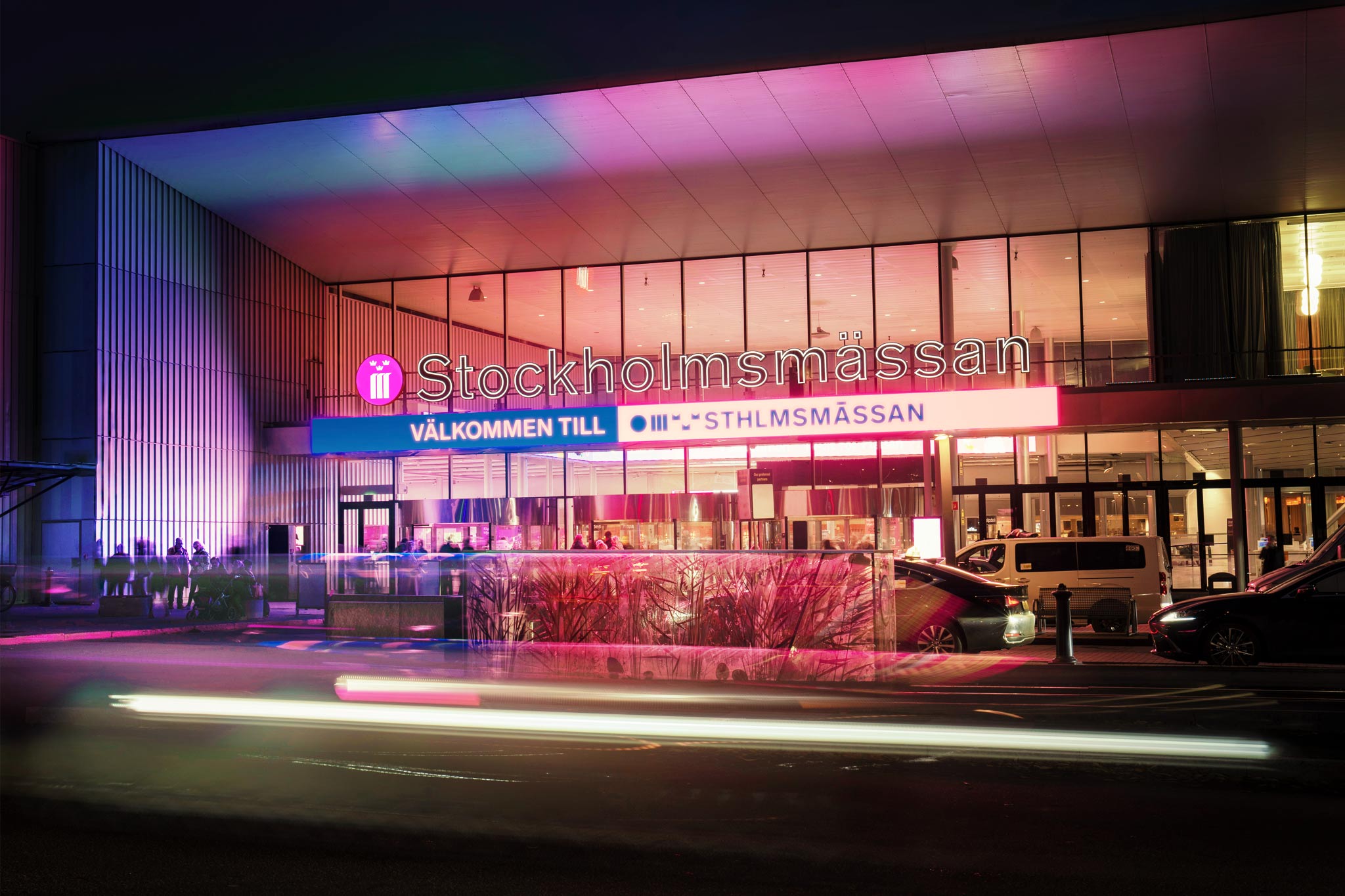Highlights include higher salaries in the United States and Canada, more open positions than candidates, benefits of working from home and a greater sustainability focus outside of the United States.
Global DMC Partners (GDP), the global network of independently owned destination management companies (DMCs) and creative event experts, recently shared the results of its Meetings & Events Pulse Survey Q2 2022. With results collected from May 31–June 30, 2022, the report covers trending topics including salaries, hiring, work/life balance, sustainability and what’s driving decisions throughout the global MICE industry. The survey polled 237 meeting and event professionals, the majority of whom are U.S.-based. Participants were primarily full-time employees (85 per cent), and 97 per cent hold a mid-level role or higher. Respondents were third-party/independent planners (48 per cent), followed closely by corporate/direct planners (44 per cent) and a small percentage of association planners (8 per cent).
Key insights from the responses included:
- Meeting and event planner salaries are higher in the United States and Canada than elsewhere in the world.
- Companies are reporting more open positions, and less candidates.
- Working from home helps planners achieve good work/life balance.
- Sustainability is a higher focus for organizations outside of the United States.
- High costs are affecting program budgets and travel.
Salaries and Bonuses
Salaries were analyzed based on the respondents’ reported role level, with most in entry-level positions having an annual salary of less than US$50,000. Most respondents who have a mid-level or senior-level position have a salary between $75,000–$99,000; however, senior-level, leadership/management and owner/founder respondents reported a variety of ranges in salary.
Fifty-five per cent of total respondents reported being eligible for financial bonuses, with the majority of each level reporting that they are eligible for a bonus.
While over a quarter of respondents were not comfortable sharing their salaries, there was a difference in reported salaries when reviewing the United States/Canada versus the international respondent pool. Of the international respondents, 42 per cent reported annual salaries under $50,000 versus only 4 per cent of the United States/Canada respondents. Nearly half of United States/Canada respondents reported having salaries between $75,000–$124,000, while over half of international respondents reported having salaries $74,000 or less.
Hiring
Sixty-five percent of all respondents said their organizations are hiring or recently hired with more international respondents (75 per cent) reporting that they are hiring, as compared to 61 per cent of United States/Canada respondents. More international respondents (69 per cent) are hiring for entry-level positions, while more United States/Canada respondents (69 per cent) are hiring for mid-level positions. Most organisations (82 per cent) are hiring for salary-based roles and the majority (71 per cent) of organisations offer roles that allow candidates to work from home either full-time or part-time (hybrid).
Many organizations have also had to increase their compensation packages to attract the right candidates, especially internationally. Forty-five percent of international respondents reported having to increase their compensation packages as compared to 30 per cent of the United States/Canadian respondents. On average, most respondents report that it takes between one and three months to fill an open position, with 17 per cent reporting that it takes longer than three months. Forty per cent of respondents have found success in hiring candidates from other industries.
As face-to-face events and meetings are making a comeback, on-site event management is the most desired skill for new hires (75 per cent), with event technology and registration platform knowledge (61 per cent), customer service (57 per cent), budget management (57 per cent), vendor management (46 per cent) and contract negotiation/compliance (44 per cent) falling close behind.
Work/Life Balance
The majority (79 per cent) of all respondents report being satisfied with their overall work/life balance. United States/Canadian respondents report that they are slightly less satisfied with their work/life balance with 77 per cent reporting they are satisfied as compared to 86 per cent of international respondents. Having the option to work from home is the number one reported factor that contributes to a good sense of work/life balance.
“While we do see some improvements in the quality of work-life balance, we notice more and more that it is sliding back very quickly due to the fast-paced demand for in-person events,” said Global DMC Partners President & CEO Catherine Chaulet. “More than ever, planners’ roles as masters of all trades — negotiators, HR team builders, and creative gurus — are tested.”
Sustainability
Overall, the international response to incorporating sustainability is more positive than their United States/Canadian counterparts. 45 per cent of international respondents report that their clients or companies have sustainability goals in place for travel, meetings, events or incentives as compared to only 31 per cent of United States/Canadian respondents. Sixty per cent of international respondents report that sustainability goals are a driving factor in choosing a destination for programs versus 25 per cent of United States/Canadian respondents. The majority of all respondents do not require that vendors or suppliers have a sustainability certification, but 32 per cent of international respondents and 11 per cent of United States/Canadian respondents do.
Of those who report having sustainability goals in place at their organisation, 91 per cent report that reducing plastic usage and waste is part of their sustainability goals, 70 per cent report including locally-sourced food options, and 54 per cent report that carbon tracking and offsetting are part of their sustainability goals.
Budgets & Costs: What’s Driving Decisions Right Now
It is clear from the data that meeting and incentive budgets are not likely to decrease for the vast majority of organizations and their clients. Most respondents say their budgets for meetings have increased from 2021 to 2022 (52 per cent) and are increasing from 2022 to 2023 (41 per cent). While not as many planners report their incentive budgets increasing, 86 per cent say they are either staying the same or increasing from 2021 to 2022 and 59 per cent report the same from 2022 to 2023. Nearly 70 per cent report that budgets are increasing due to inflation.
In addition, rising airfare costs are affecting the chosen destinations for the majority of planners (60 per cent), and some noted that their organisations or clients are choosing locations based on where the majority of their attendees are located, or locations that are closer and/or less expensive to help offset the rise in airfare costs. Likely to offset cost increases, 47 per cent are reporting that their organisations are increasing their pricing for services and/or events, with the majority of those being United States or Canada-based.



